"How Do We Come Back From This?"
Attachment Injuries
Forgiveness and reconciliation are pertinent in the process of coming back from a significant wound in a relationship. It also moves beyond this forgiveness. When you add trauma or neglect to the formula, one or both partners may drive a wedge deeper and deeper into their bond. Do both partners have a coherent story around where and why the injury took place in the relationship? And, can both partners make space for one another's underlying emotional experiences?

What are Attachment Injuries?
Attachment injuries take place when a significant event(s) in the relationship suddenly redefine the security and safety of the bond. These may also take place at integral moments in the relationship. Some of the significant wounds may include affairs, long-term leaves, lack of presence as a parental figure (i.e. not present with the kids, wasn't around during or after birth), to name a few. These events may also resurface when couples are caught in their own negative cycles again and again.
What the Process Entails
In the process of healing from attachment wounds, partners are able to:
-
Understand and articulate their own positions in the cycle
-
Can access their underlying emotions, their core vulnerabilities
-
Can link their emotional experiences to one another
-
See their cycle as the enemy in the relationship
-
Have a greater picture of what's going on with their partner
-
Can catch the cycle in the moment
-
And, freely communicate those emotions and underlying needs to one another.
In Attachment Injuries, the injured partner is able to emphasize their hurt, fear, and longings, and the opposing partner makes space to have compassion for this experience and acknowledges both their partner's pain and position in the struggle.
Studies around resolving attachment injuries found that 63% of couples found resolve through:
-
More disclosing of needs, less blaming and withdrawing and significantly deeper levels of experiencing.
-
Significant improvement on marital distress scale. Significant improvements for forgiveness.
-
Both groups reported less pain. No significant difference.
-
Results stable at 3 years follow up
(From Lorrie Brubacher, M Ed, ICEEFT Certified Trainer, training on Attachment Injuries and rebuilding trust)




.png)